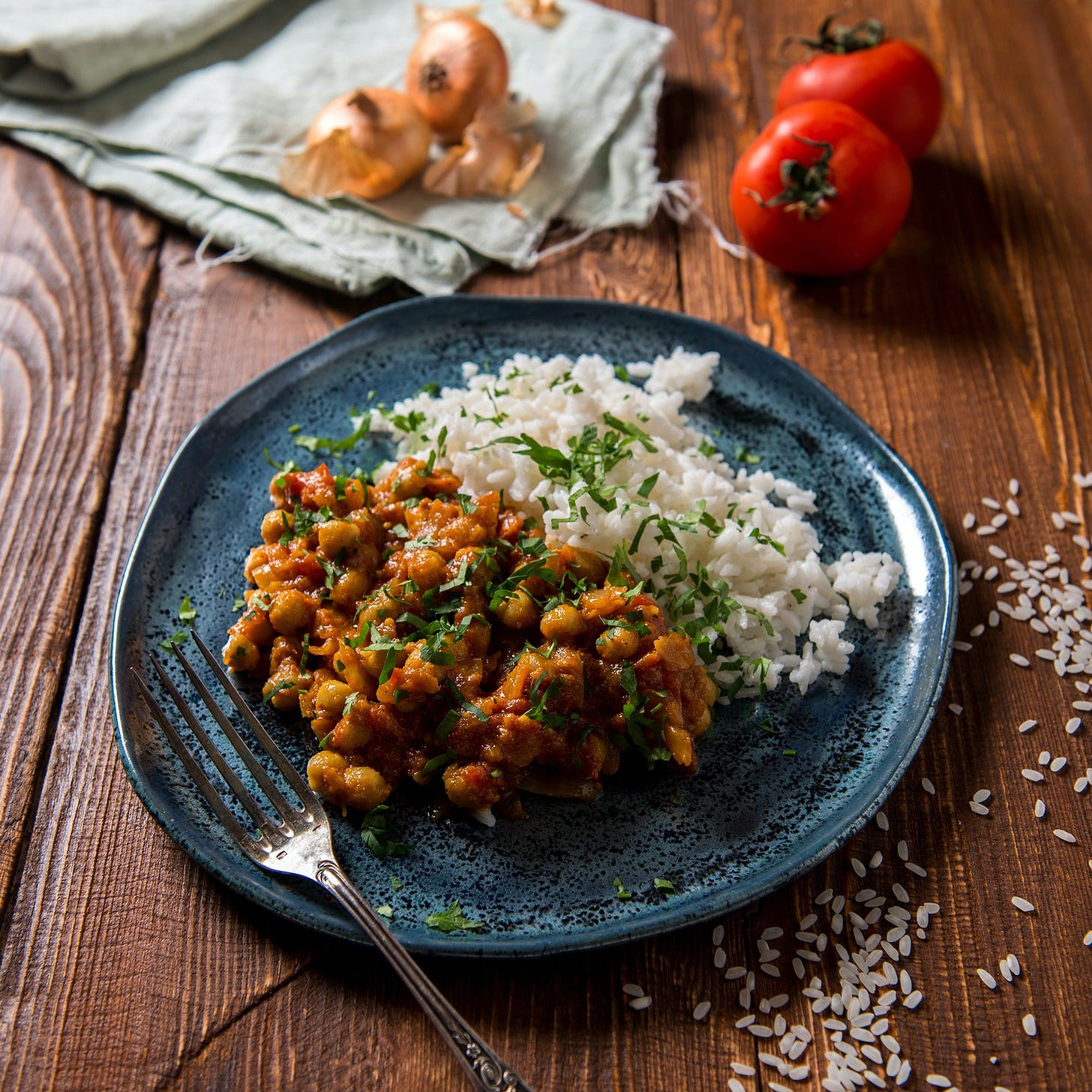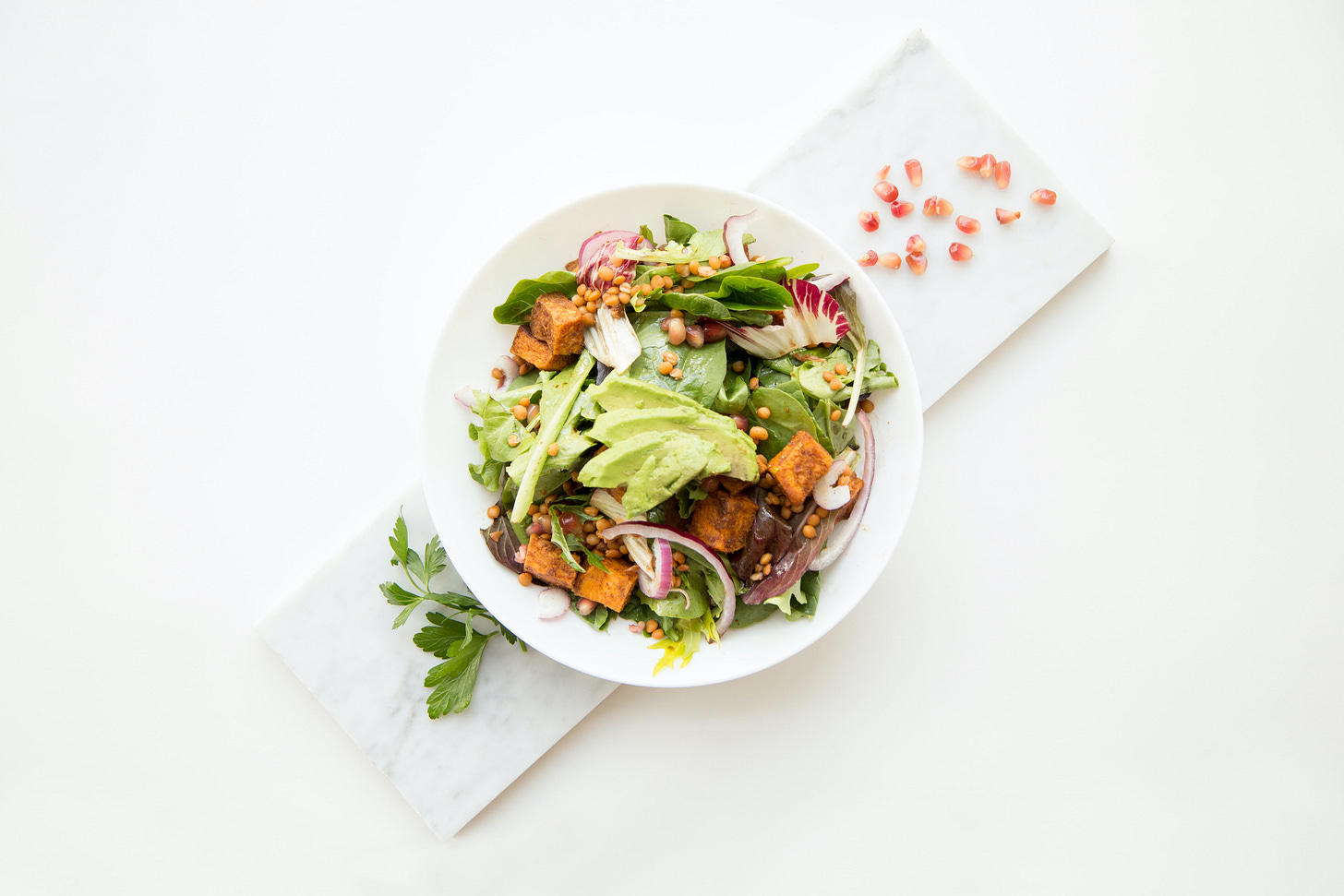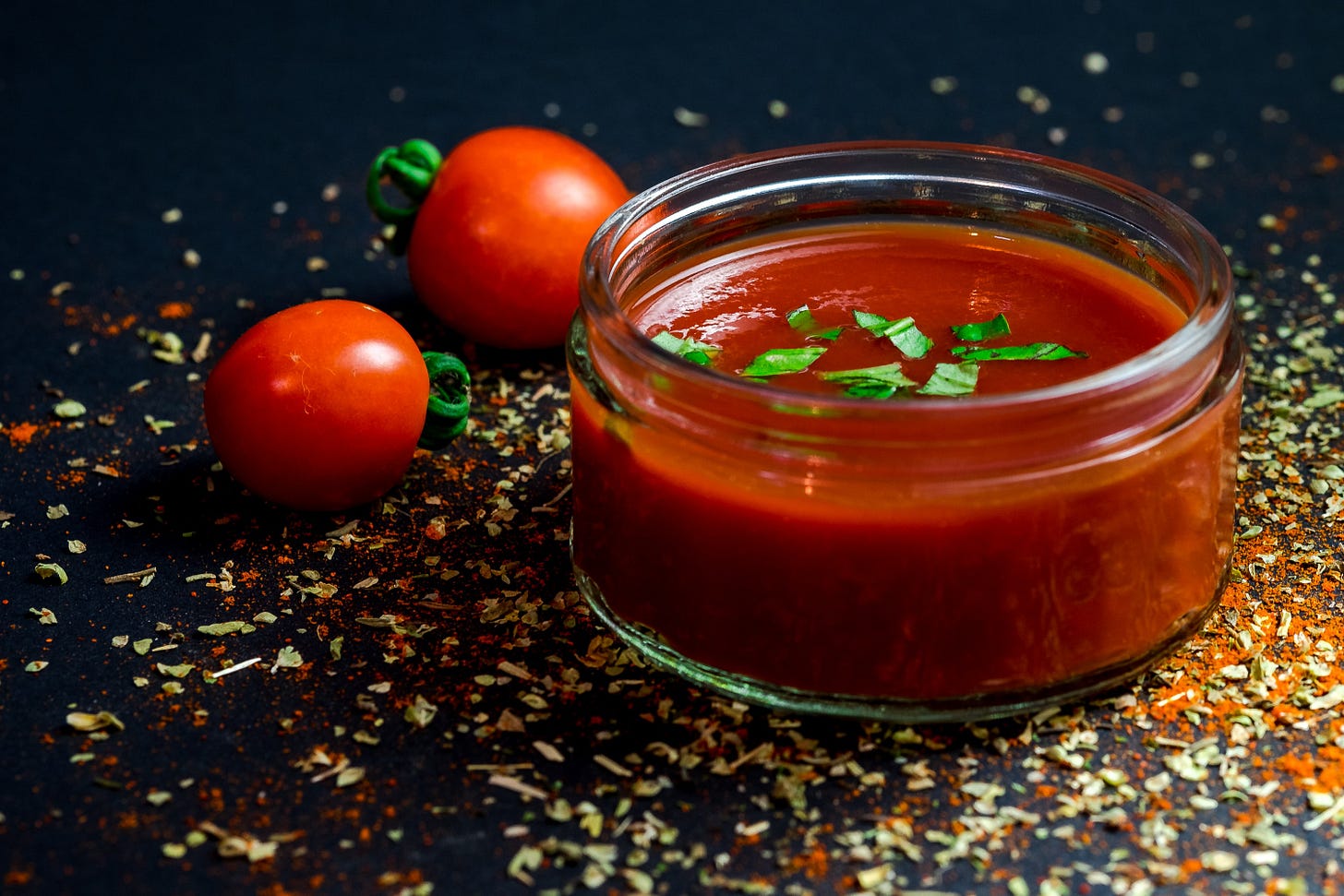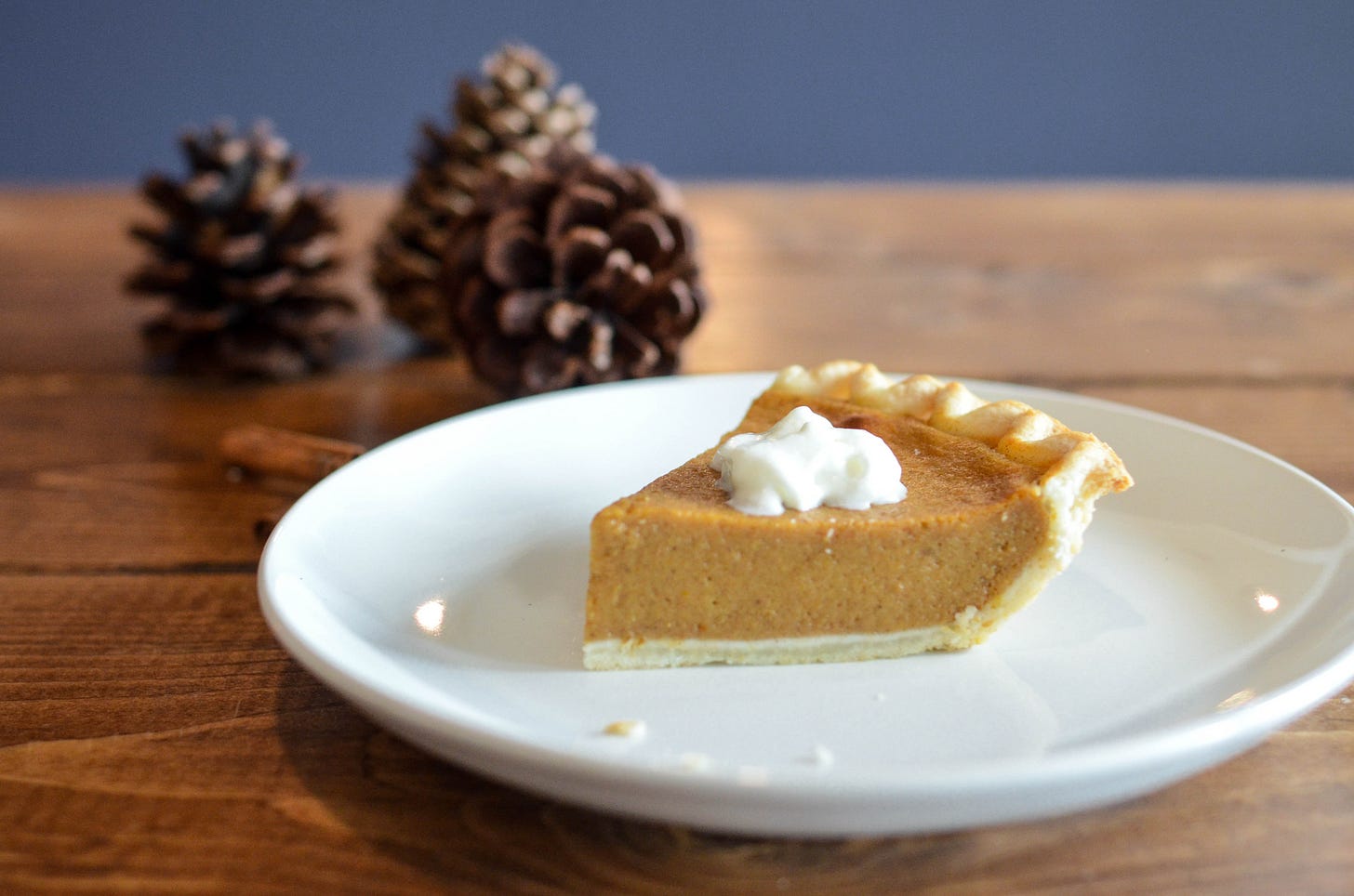Do you ever avoid going to the grocery store? Admittedly, I love grocery shopping (at times). But this week, the weather in Maryland has not been the best, and our fresh food supply at home is quickly dwindling. While a grocery trip is in order in the near future, I was inspired after attending an educational webinar this week hosted by dietitian Sharon Palmer and sponsored by Bush’s Beans to reconsider how to better utilize pantry staples, namely beans.
Photo by Claudio Schwarz on Unsplash
Canned foods have gotten an unfortunate reputation of being something that should be left on the shelf for a multitude of reasons. Clients often cite the high sodium levels along with lack of knowledge of really how to incorporate canned foods into their routine. Canning as a practice to store food, however has been around since the 1800’s when the government needed to preserve food for the military and America’s history of canning is quite interesting.
Consider a few great reasons to keep canned goods on hand in your pantry, including:
-Shelf-stable
-Versatile for meal preparation
-Readily available
-Affordable price-point
-Nutritious food sources, if selected appropriately
-Can be incorporated into an overall nourishing meal pattern
A little label reading goes a long way in making great choices for canned goods. I typically suggest that clients that need to monitor sodium intake for medical reasons rinse canned foods, which can reduce the sodium content by as much as 40%.
In a typical nourishing meal plan, canned foods can certainly be included, and if selected smartly, these provide a decent nutrition punch to the plate. Brighten up canned items with a few fresh ingredients and you’ll have a meal ready-to-go in minimal time.
Here are the five canned items that you’ll always find in my pantry:
#1. Canned Beans
Photo by Dragne Marius on Unsplash
I love canned beans for their convenience, versatility and nutritional value (great source of protein, fiber, iron and other key minerals). During the webinar, Palmer shared this recipe for a simple salad. I didn’t have all the ingredients on-hand, so I modified her recipe to my own version (below). I think that’s the best part of cooking: using recipes as inspiration and getting creative in the kitchen.
Alison’s Quick Potato & Bean Salad
Ingredients:
Yellow potatoes
Kidney & Garbanzo beans
White Onion
Fresh Parsley & Oregano
Toasted Walnuts
Cucumbers
Homemade Dressing: Olive Oil, Red Wine Vinegar, Pesto, & Pepper
#2. Canned Wild Salmon
Photo by Hermes Rivera on Unsplash
Salmon, especially wild salmon, can be expensive at the grocery store and seafood market. Canned wild salmon, while still more expensive than perhaps other canned seafood options, is rich in omega-3 fatty acids. It’s a good source of protein and even calcium (if the soft digestible bones are consumed with the salmon). Canned salmon is great for salads, dips, and creating salmon cakes.
#3. Canned Tomatoes
Photo by Dennis Klein on Unsplash
Tomatoes are a fantastic source of Vitamin C and the canned version is an excellent source of the antioxidant, lycopene. Lycopene has been linked to reducing the risk of prostate cancer, macular degeneration and may help lower the risk of heart disease. Canned tomatoes are so versatile. They’re great for making your own sauces and as additions to soups & chilis.
#4. Canned Pumpkin
Photo by Element5 Digital on Unsplash
A source of Vitamin A and potassium, canned pumpkin can be used for a lot of things besides pumpkin pie. Add some extra nutrition with canned pumpkin to muffins, chilis, soups, smoothies and curries.
#5. Canned Pineapple in 100% Juice
Photo by Julien Pianetti on
I love a good fresh pineapple, but I find I always can use the can of pineapple sitting on my shelf, especially if we haven’t been to the grocery store in awhile. Canned pineapple packed in 100% juice is great to add some natural sweetness in a green smoothie, a fruit salad, homemade popsicles, as a pizza topping (Hawaiian-style pizza), or in carrot or coleslaw-style salads. A source of vitamin C, canned pineapple is also a good way to add some natural sweetness to homemade marinades and dressings.
We would love to hear how you use the canned items in your pantry to create nourishing meals. Share your recipes and ideas for using canned foods with us at alison@flourishmyhealth.com.











Very informative with some tasty recipes.